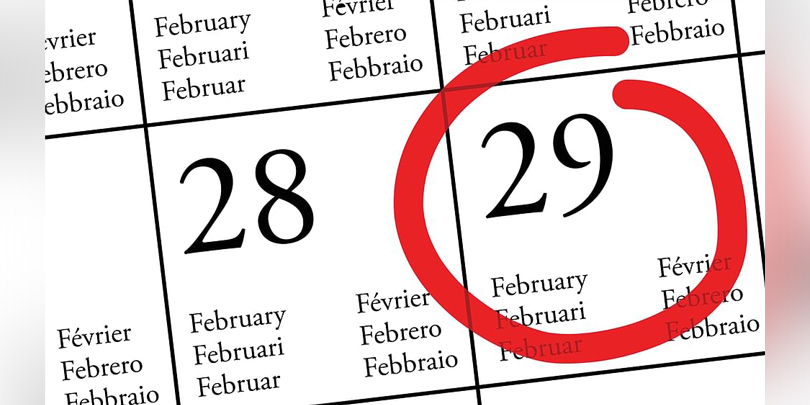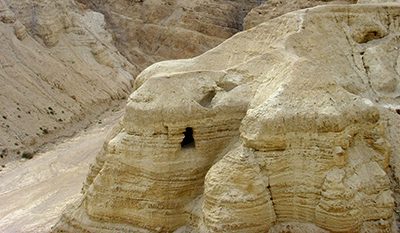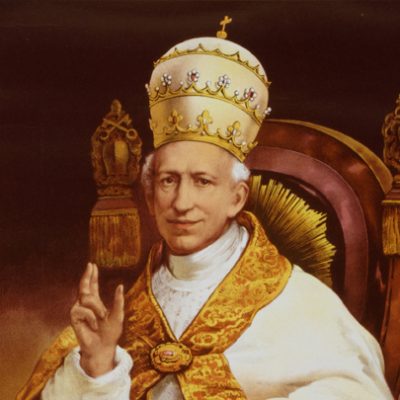
The leap year is a well-known quirk in the Gregorian calendar by which much of the world organises itself, but the part played by the Church’s Easter celebrations in the development of the leap year is less known. Source: Melbourne Catholic.
Darius von Güttner is dean of Australian Catholic University’s Canberra campus and a specialist in Church history. He said that while leap years have ancient origins, it was the way they affected Easter that prompted Pope Gregory XIII in the 16th century to reform the widely used Julian Calendar.
Giving some background on the purpose and importance of leap years, Professor von Güttner said they are “an essential aspect of our modern calendar system” and “serve a critical function in aligning our calendar year with the astronomical year, ensuring that seasonal and astronomical events occur at approximately the same time each year”.
The concept of a leap year dates back to the ancient Roman calendar, reformed by Julius Caesar in 45 BC, Professor von Güttner said. Caesar reformed the calendar because the lunar calendar was significantly out of sync with the astronomical seasons.
The Julian calendar introduced by Caesar was a solar calendar that “added an extra day every four years to account for the fact that an astronomical year is slightly longer than 365 days – about 365.25 days”, Professor von Güttner said.
In 1582, the new “Gregorian” calendar was introduced, refining the leap year rule to more accurately reflect the length of the solar year.
But it wasn’t a perfect calendar. “The addition of a leap day every four years introduced a small overcorrection because the actual solar year is approximately 11 minutes shorter than 365.25 days. By the 16th century, the cumulative effect of this overcorrection had become apparent, with significant religious implications.”
In AD 325, the Council of Nicaea decreed that the celebration of Easter should be on the first Sunday following the full moon after the spring equinox. Because of the Julian calendar’s overcorrection, the celebration of Easter had “drifted” significantly from Nicaea’s decree.
“To address this, Pope Gregory XIII convened a commission of experts to reform the calendar. In 1582, the new Gregorian calendar was introduced, refining the leap year rule to more accurately reflect the length of the solar year,” Professor von Güttner said.
FULL STORY
The leap year’s surprising connection to Easter (Melbourne Catholic )






